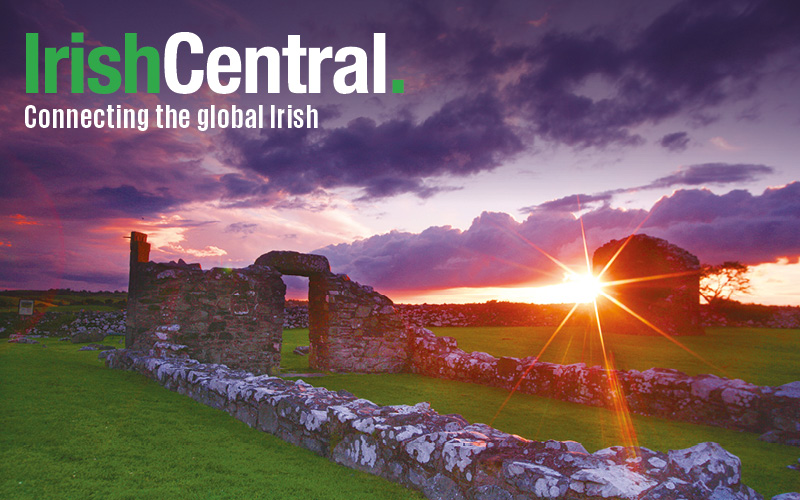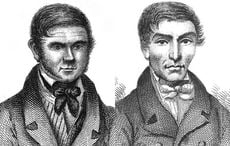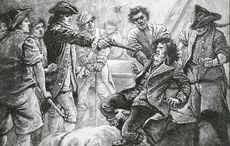There’s no better place online to research your Irish family history than Findmypast, and central to this incredible resource are Irish parish records, the details of millions of live meticulously kept by local priests and vicars until civil registration was made compulsory in Ireland in 1864.
With the recent addition of 10 million Irish Catholic Parish Registers – joining Findmypast’s collection of over 110 million Irish records and newspapers – we thought we’d give you a bit of background on why these records are so vital to the genealogical research of any Irish American.
The Public Record Office fire of 1922
During the Irish Civil War (1922-1923), Ireland’s Public Record Office was destroyed by a fire that was caused by explosives and tore through the building, burning vast swathes of records as it went. If you’re familiar with the so-called ‘burned counties’ in the U.S. – that is, counties whose records were destroyed during the American Civil War – this is Ireland’s equivalent. It means that any records created prior to 1922 that still exist are of huge importance to Irish family history researchers.
Irish Catholic Parish Registers
The collection of Irish Parish Registers on Findmypast spans 200 years of Irish history (1670-1900), comprising 10 million records containing 40 million names. The Registers cover 97% of the country, with all 32 counties represented.
These records contain information on baptisms and marriages, and have now been indexed and are searchable for the first time. They also provide insights that go beyond dates and names. As well as the personal details of millions of people, the records give an insight into Ireland’s rocky past, showing the devastating effects of the Great Famine, which the records show caused baptism rates to be halved within 15 years.
Details will differ slightly depending on what the record shows, however using the baptism records as an example, you can expect to find:
• Name
• Birth date
• Baptism date
• Residence
• Parish and diocese
• Father's name
• Mother's name
• Register type
• Archive
• Image
And, since this record set represents such a vital resource for anyone of Irish heritage, it will be free to search forever, only on Findmypast.
Church of Ireland Parish Record Search Forms
These search forms are rather more complicated to explain than Parish records, but no less useful. Search forms were filled out by applicants to the Public Record Office who wanted PRO staff to search the records for the details of an individual – often to prove their eligibility for an old age pension, which was introduced in 1909.
In order to direct their search effectively, a lot of detail had to be provided by the applicant, including:
• Name
• Birth Year
• Name of father
• Name of mother
• Names of other people appearing on the same form
• Year of source (event)
• Parish of source
• County of source
• Source type
Because a lot of these search forms were completed after the fire of 1922, they provide incredible details of records that may have been destroyed, and can be a fantastic workaround for anyone whose family records were lost.
These records are available as both images and transcripts on Findmypast.
Fermanagh Parish Registers
The Fermanagh Parish Registers you’ll find on Findmypast are taken from the archives of 189 individual townlands in Devenish parish, County Fermanagh, Northern Ireland. Some of these townlands cover neighbouring counties like Cavan, Monaghan, Sligo and Donegal.
The records include baptisms, marriages and burials. It’s also an incredibly detailed set – the baptism record include:
• Last name
• Birth year
• Baptism year
• Baptism date
• Townland
• Parish
• County
• Father's first name(s)
• Father's last name
• Mother's first name(s)
• Mother's maiden name
• Church
• Comments
Not only that, but a comments section on each record might contain information on anything from father’s profession to whether the child was born out of wedlock.
This set covers 1796-1873. If you have Ulster ancestors, you might find them here.




Comments